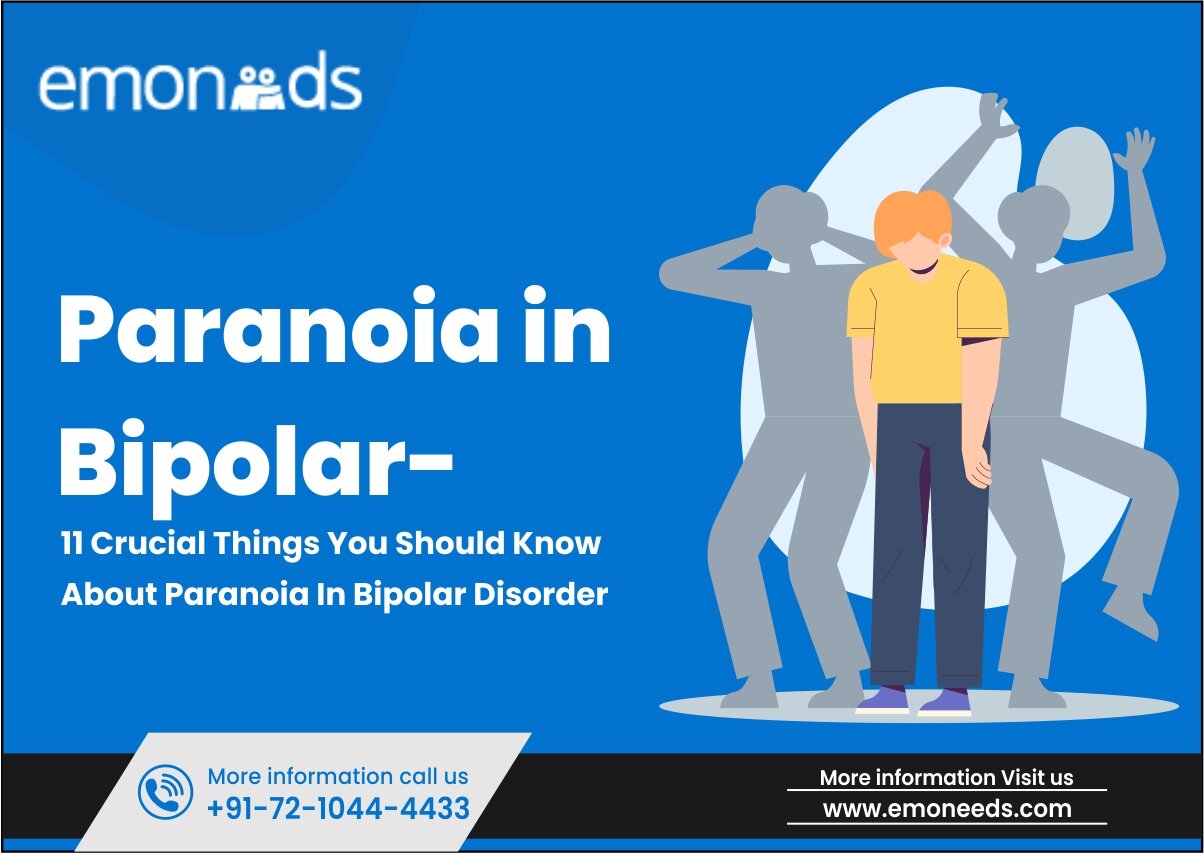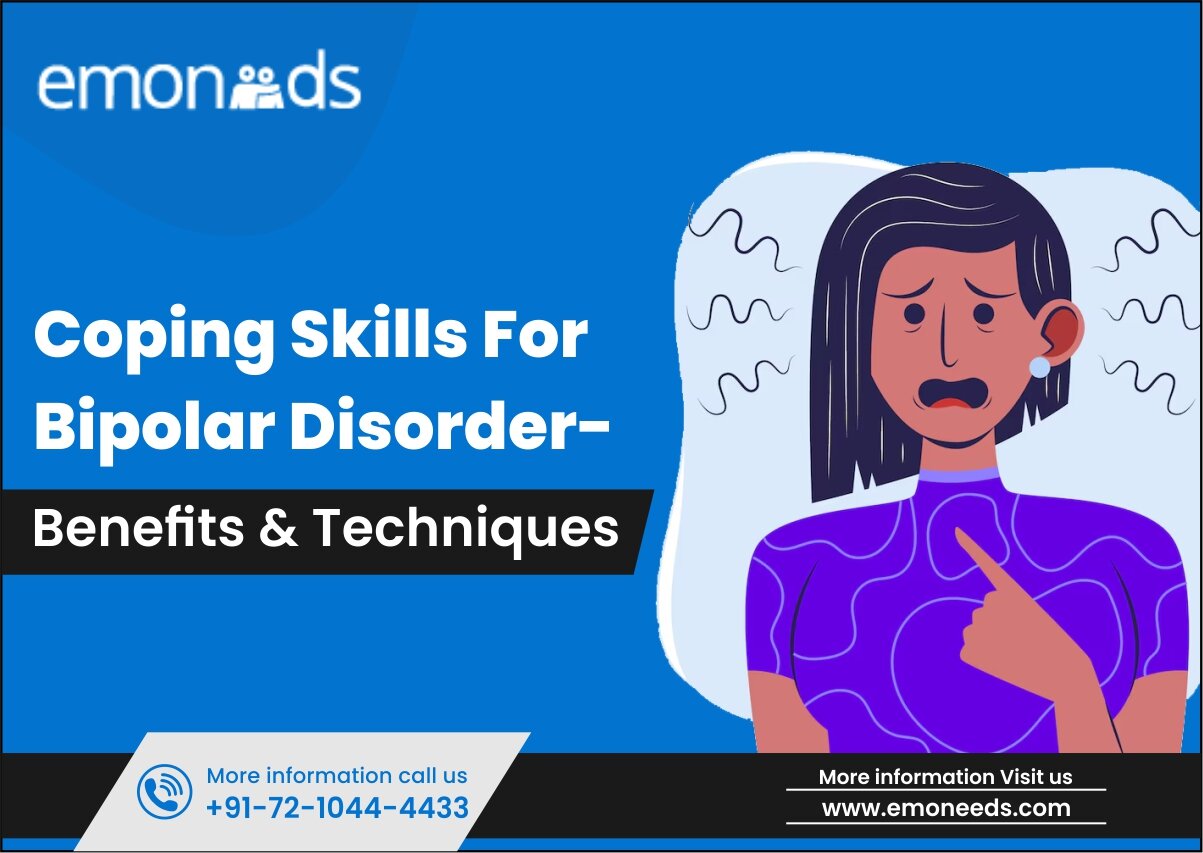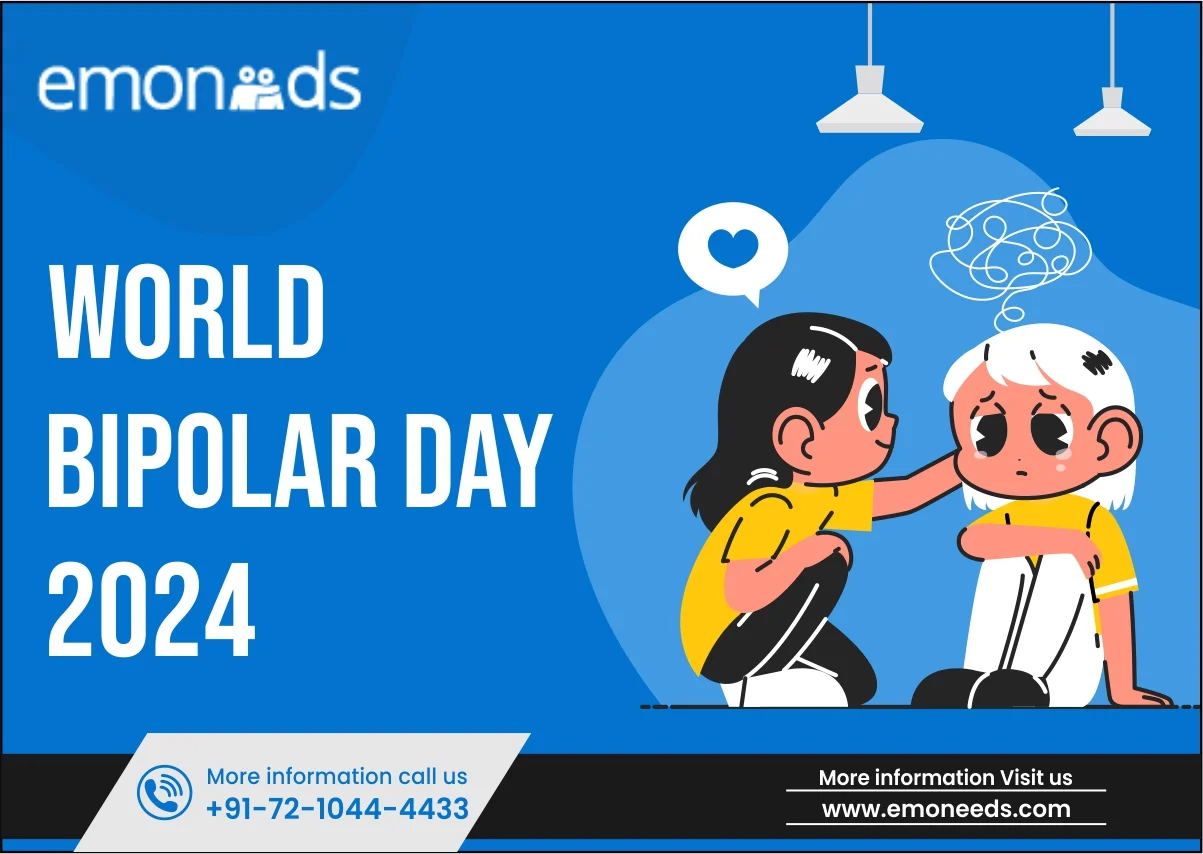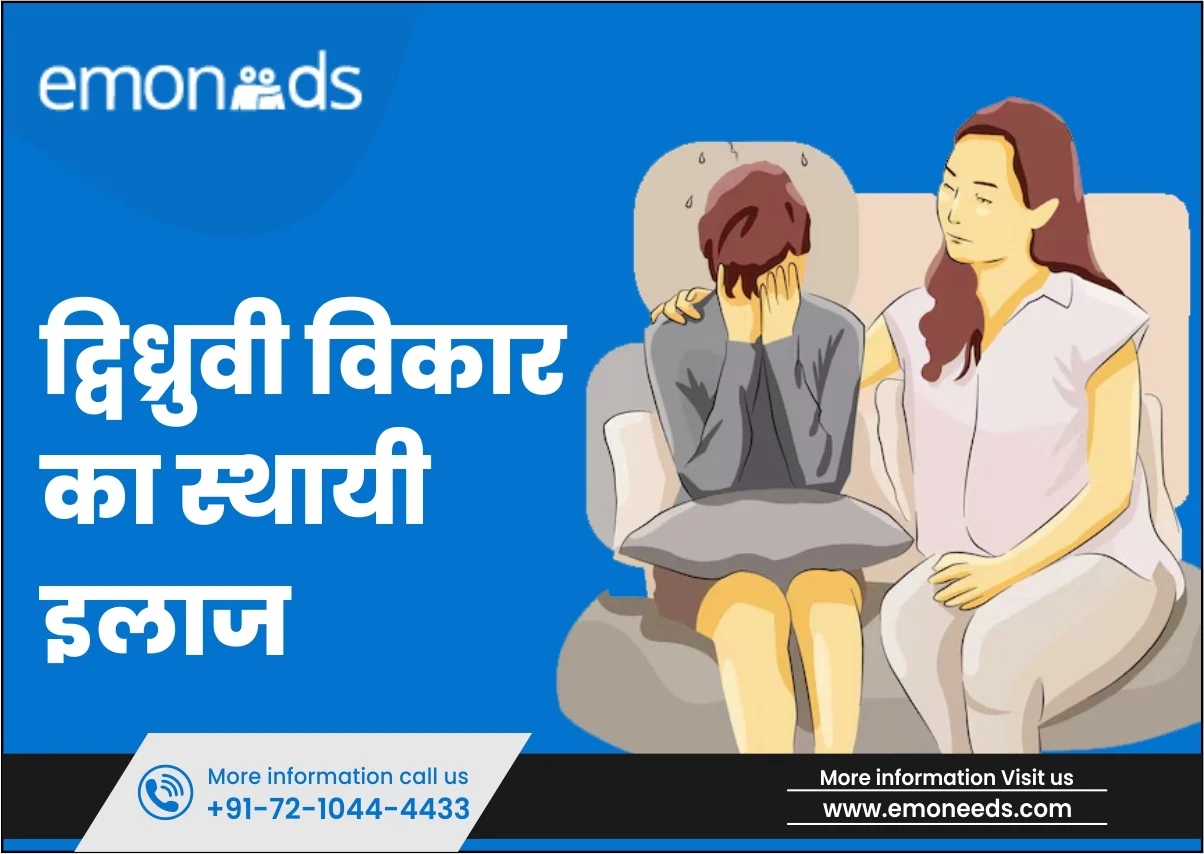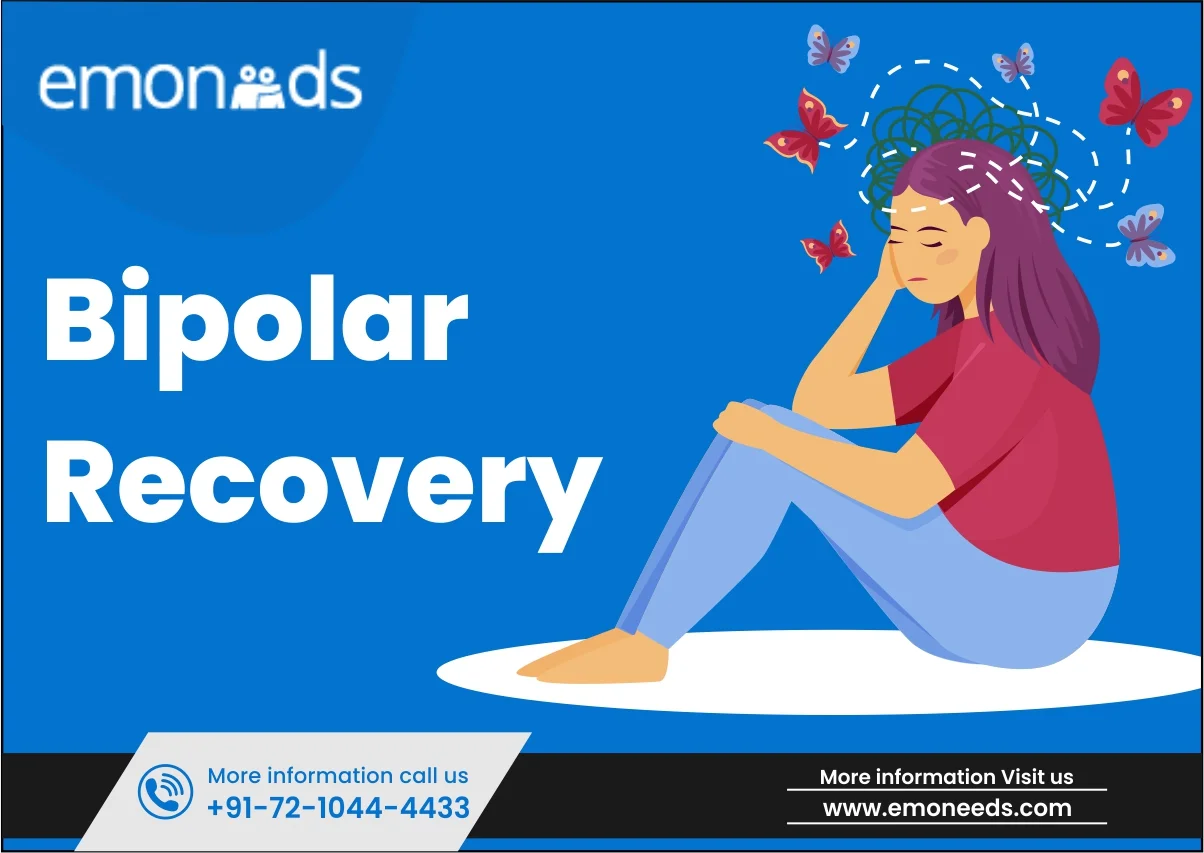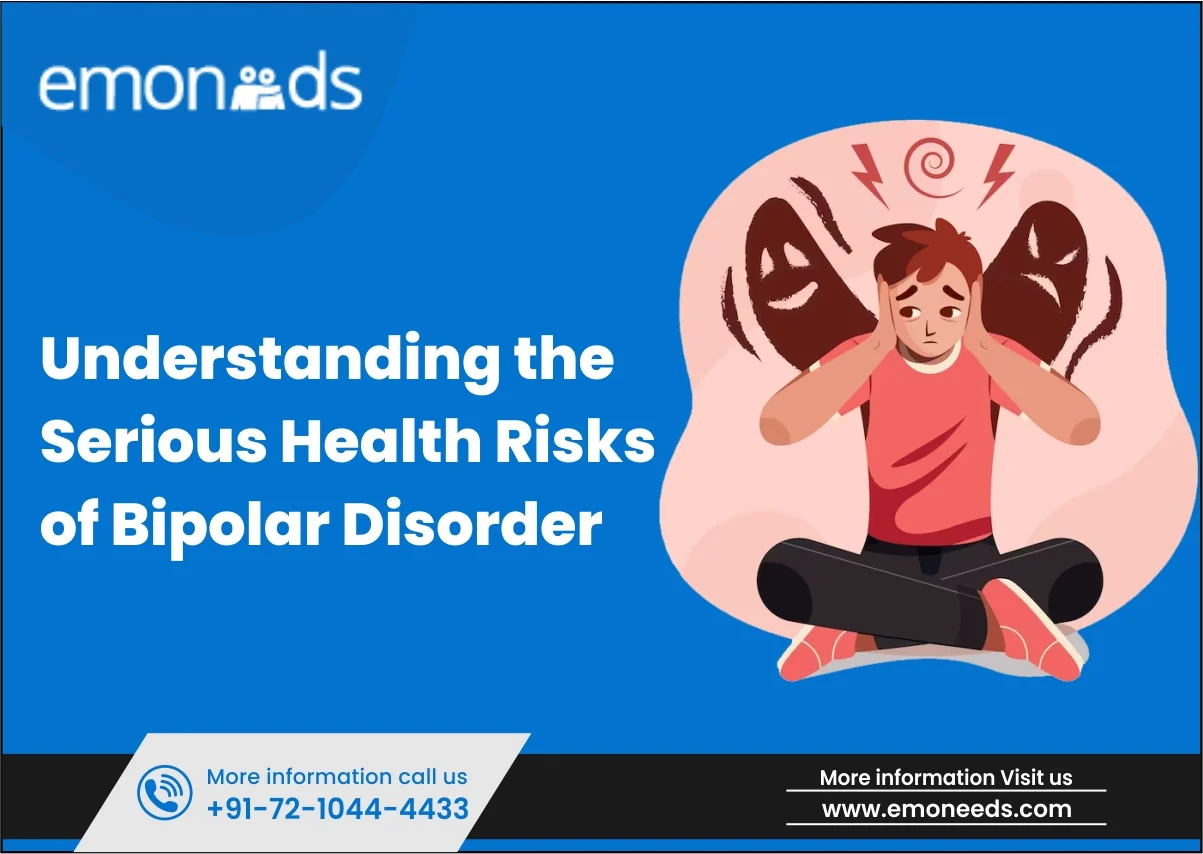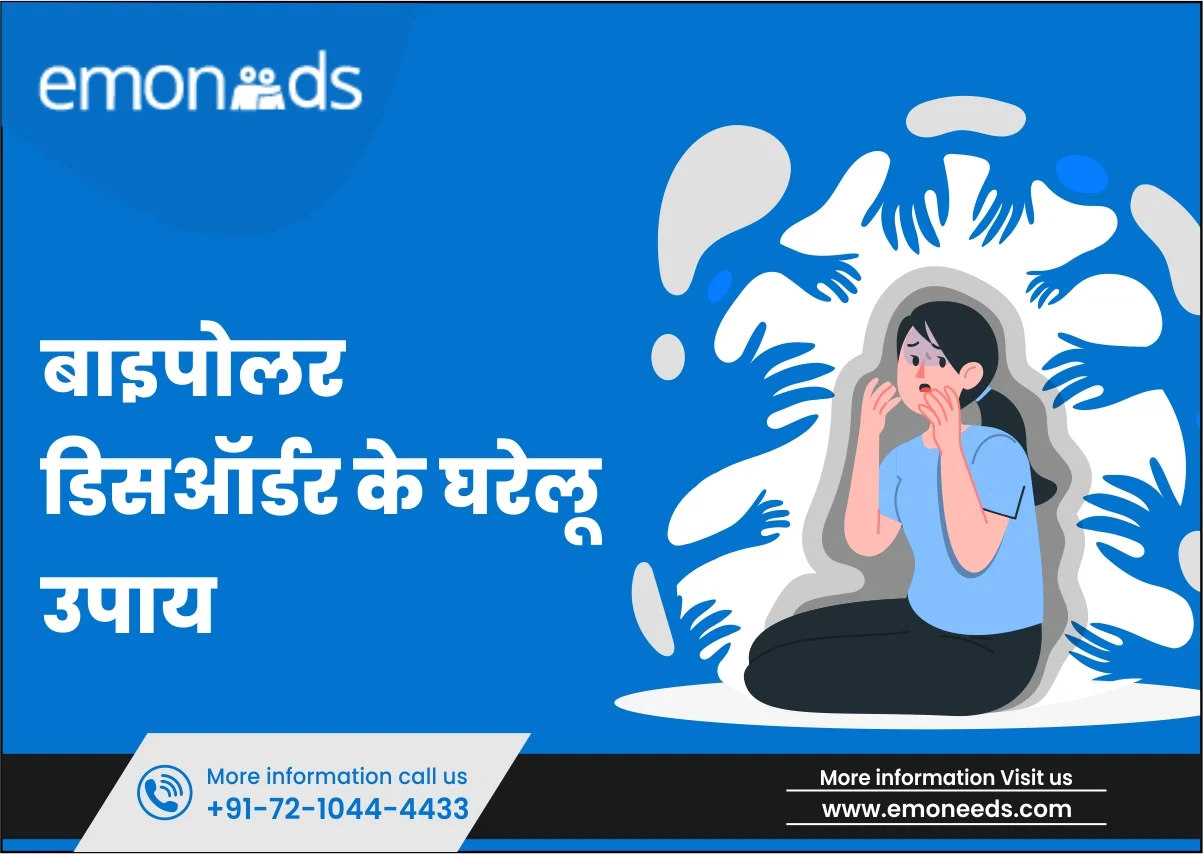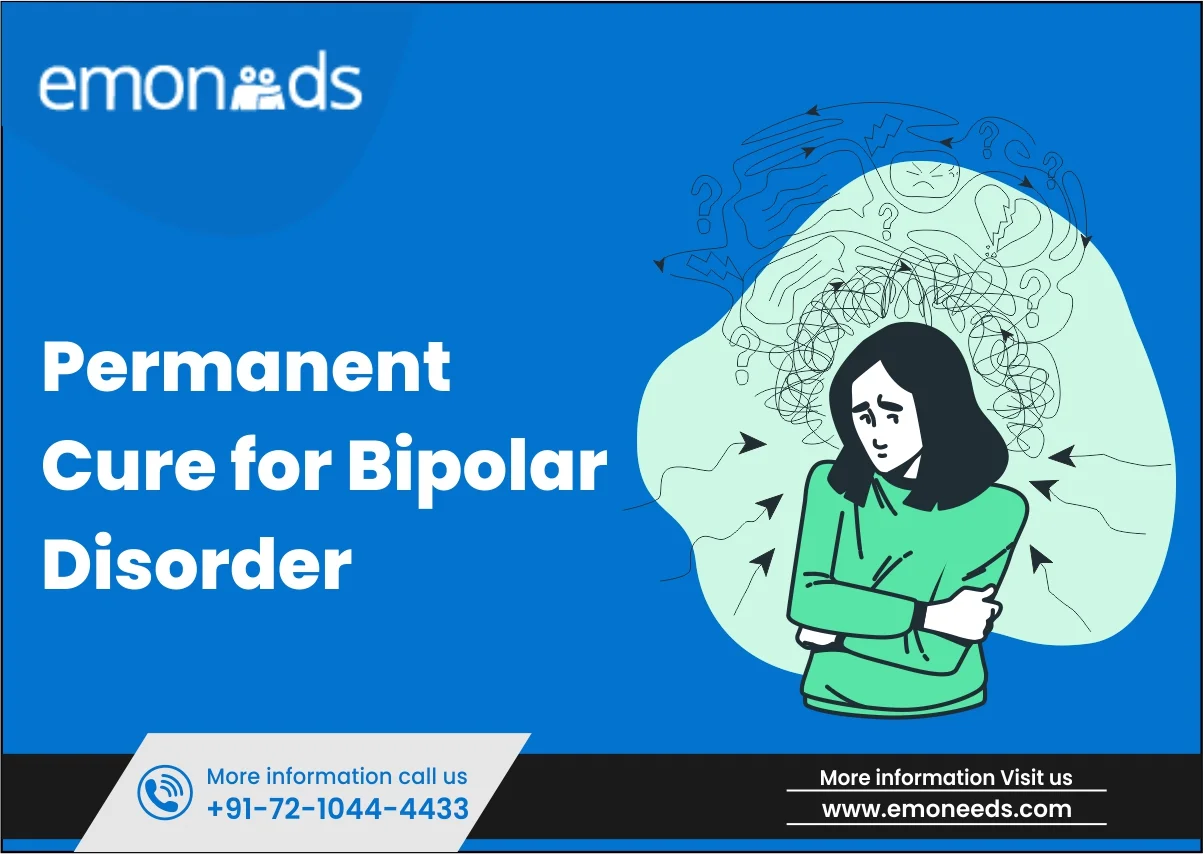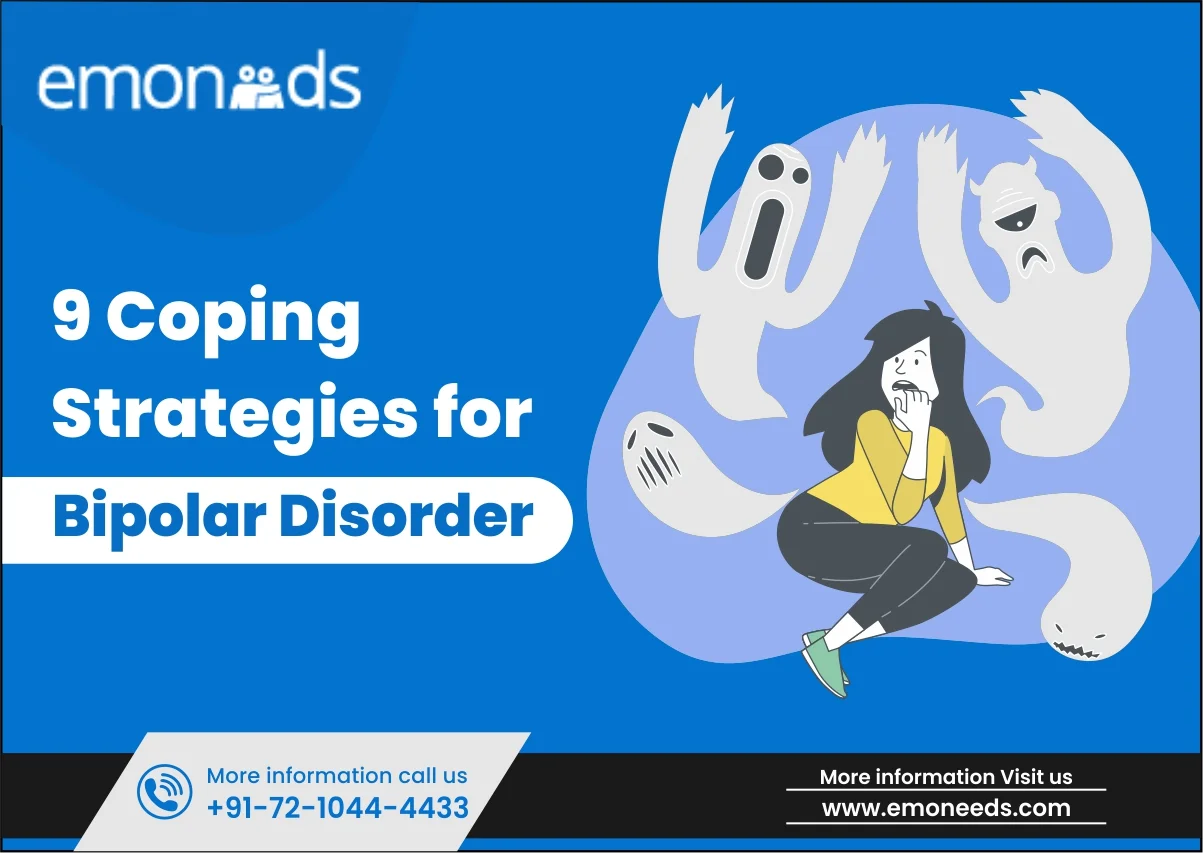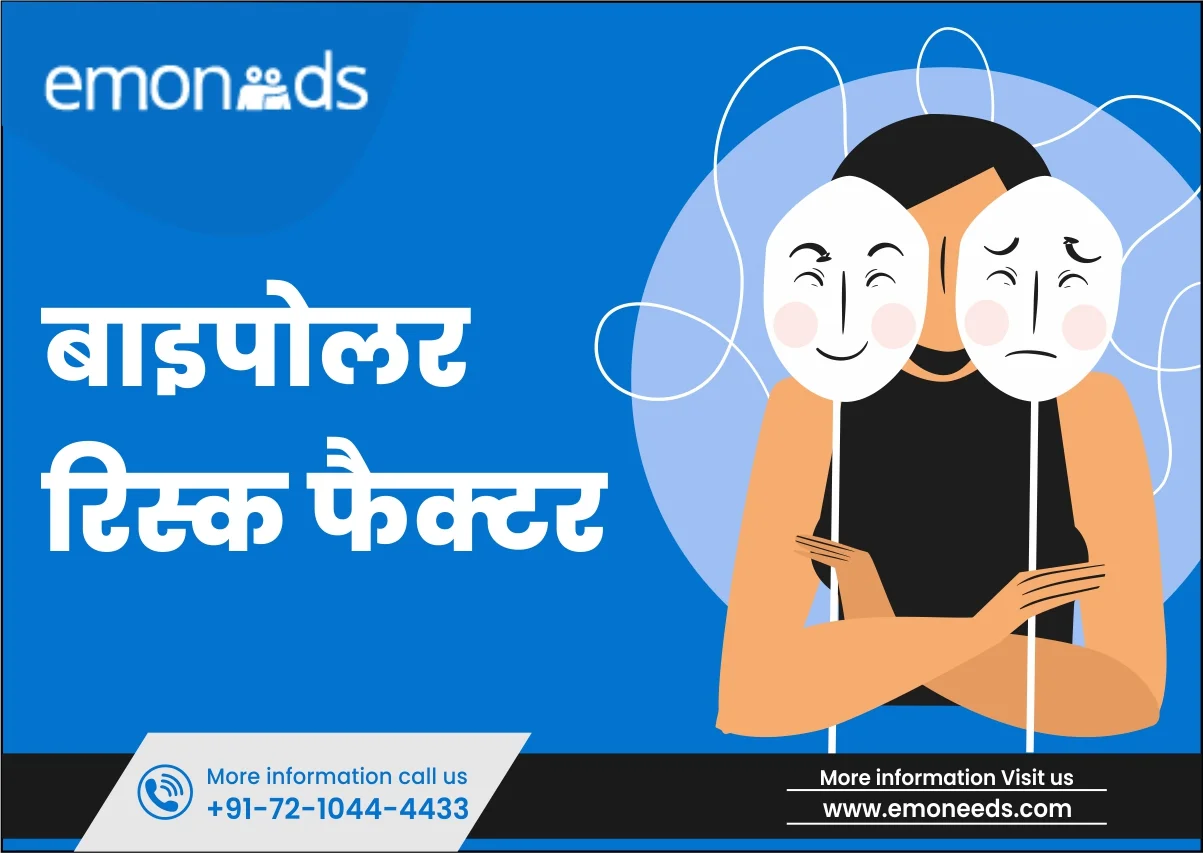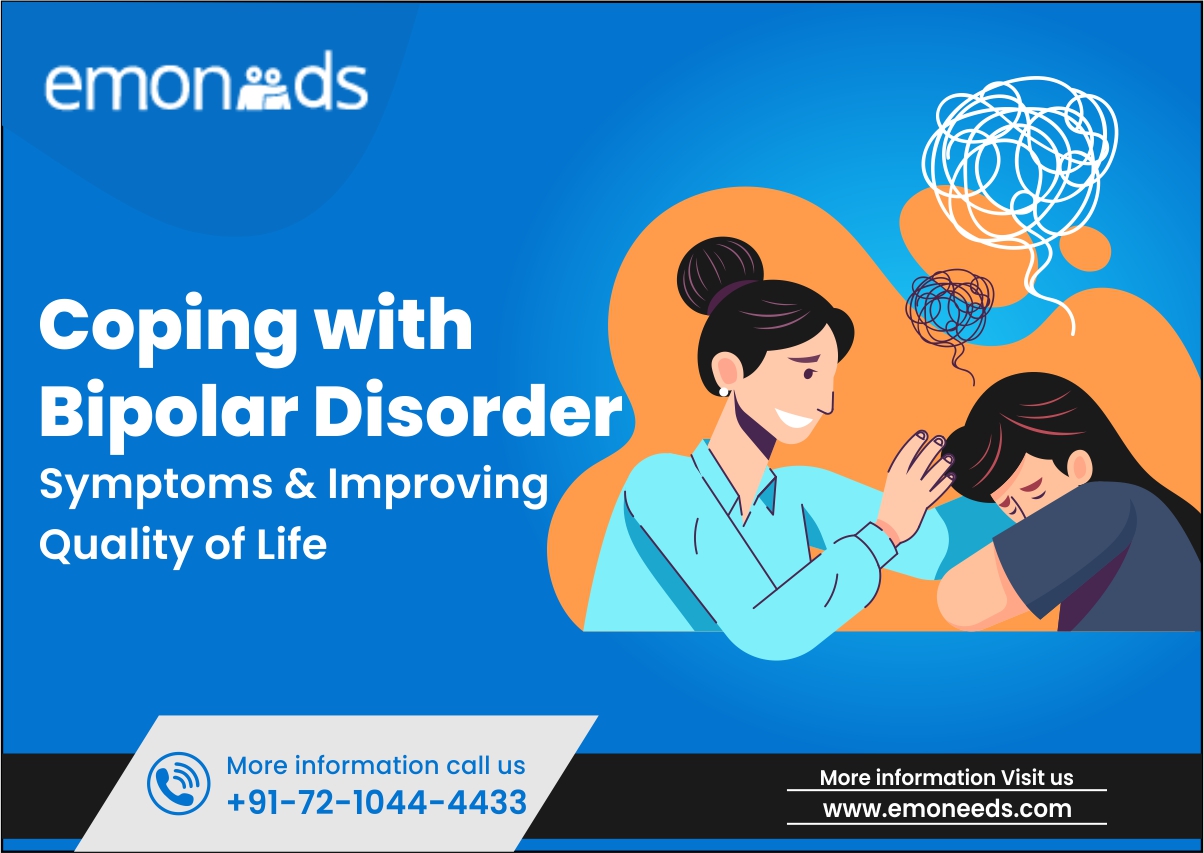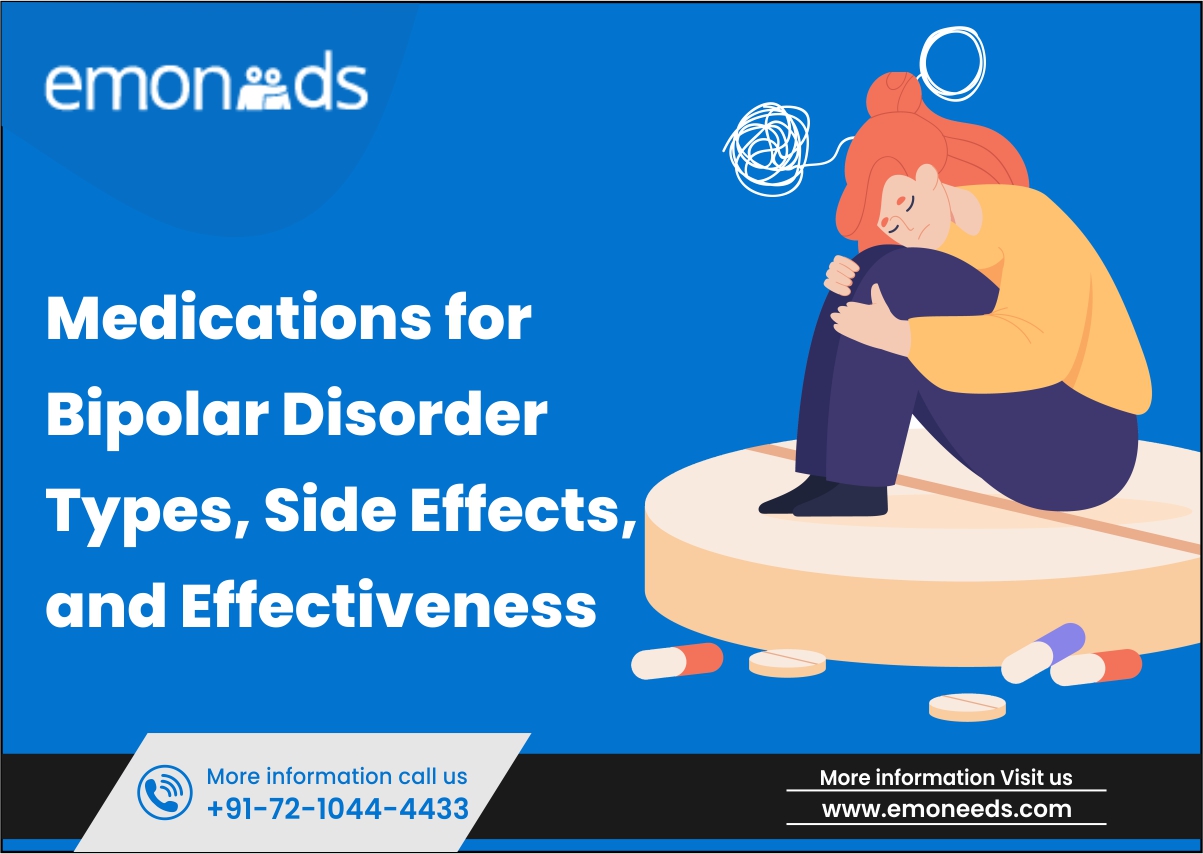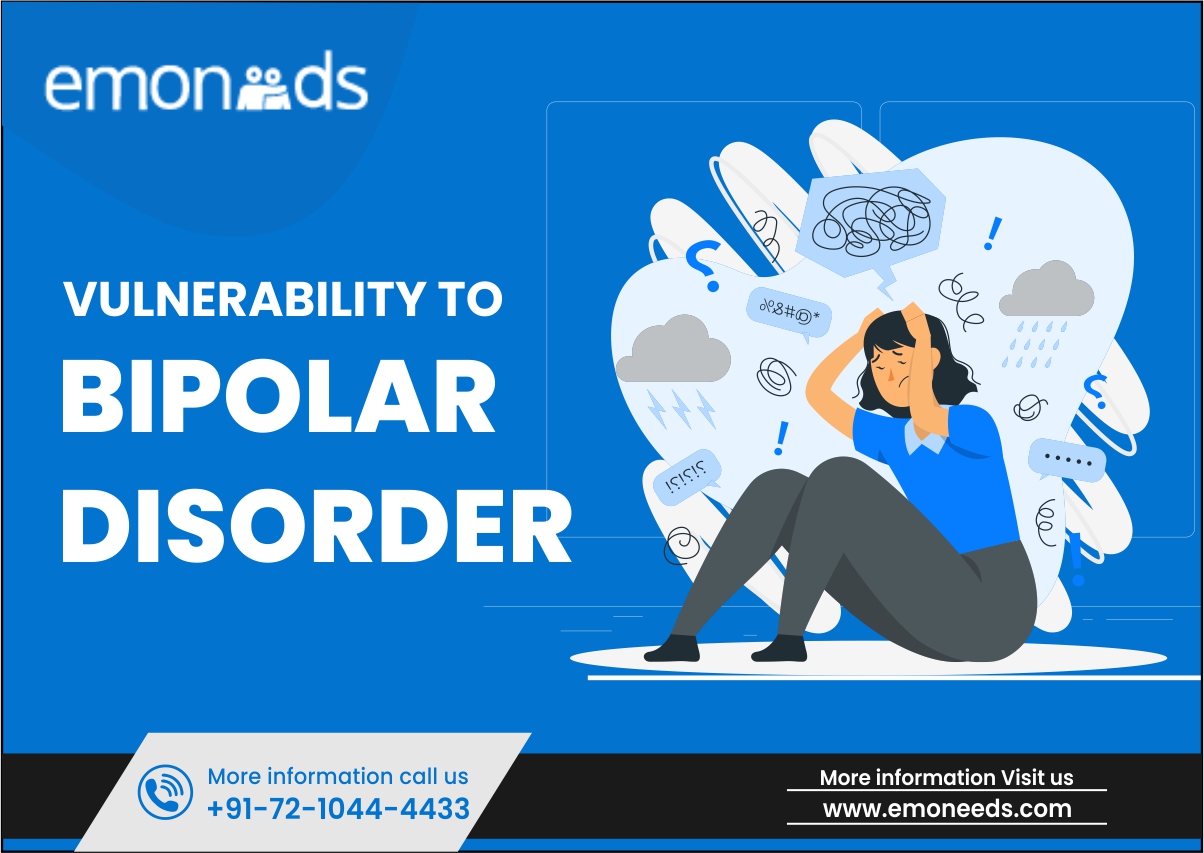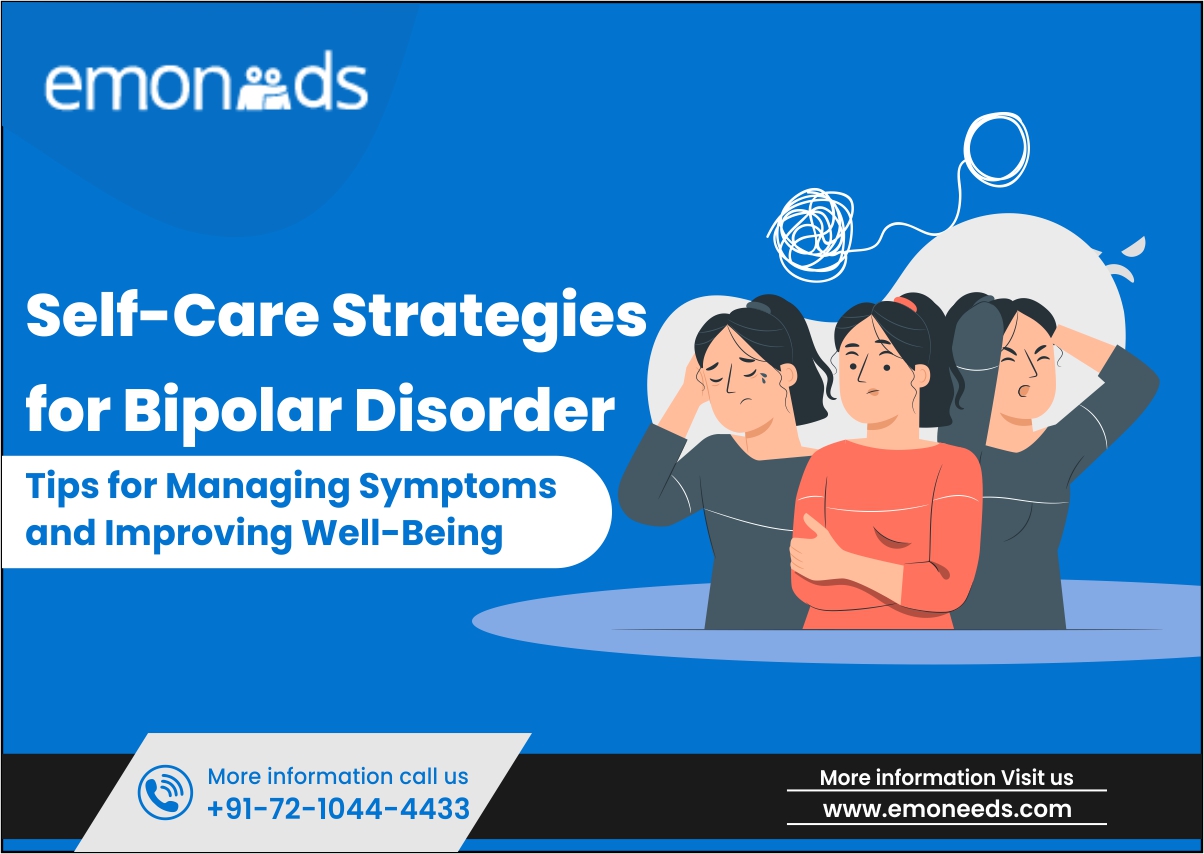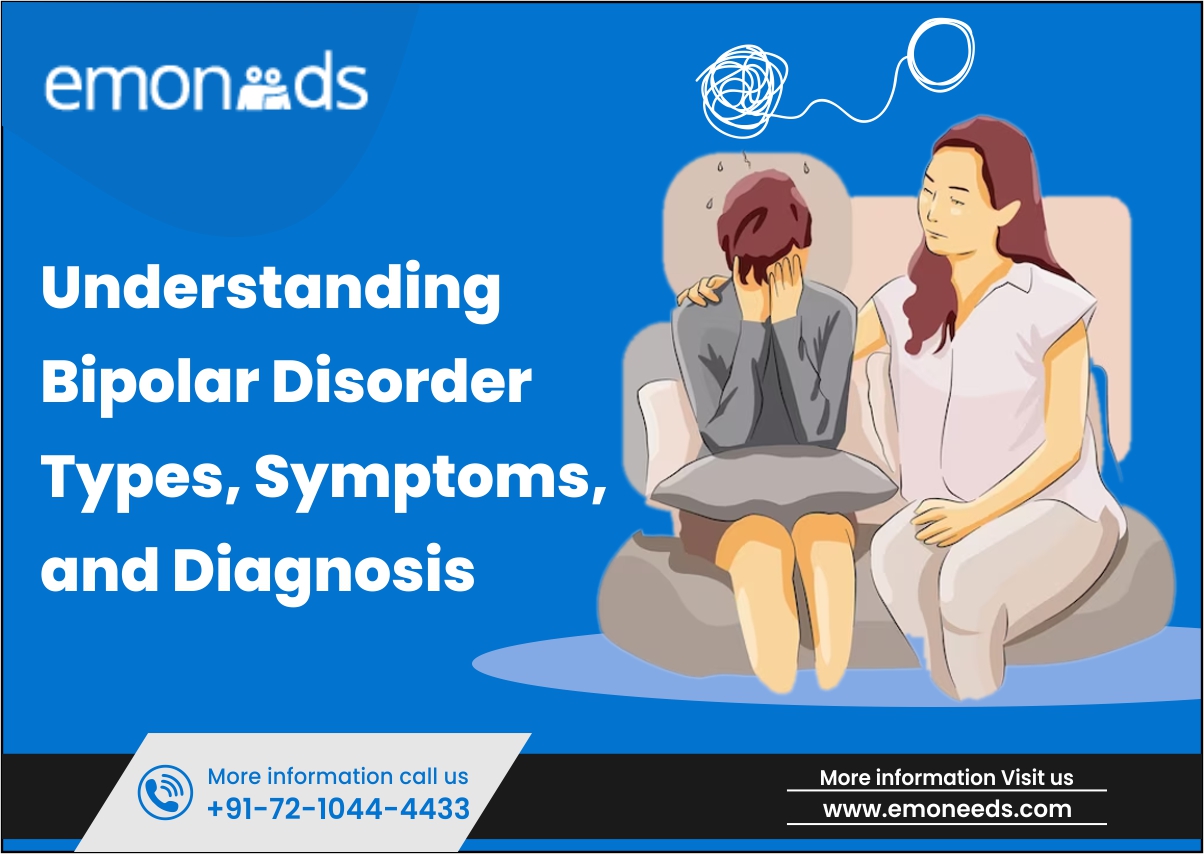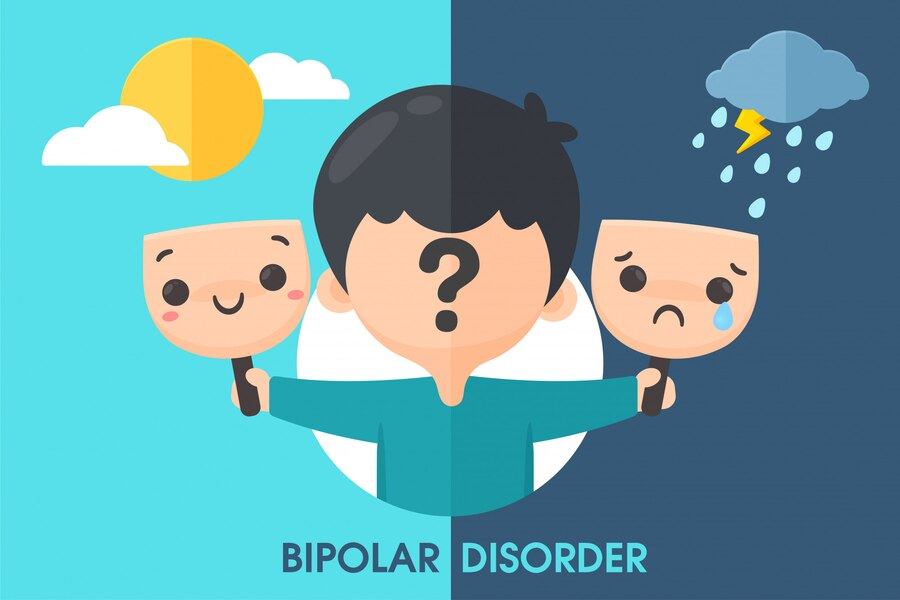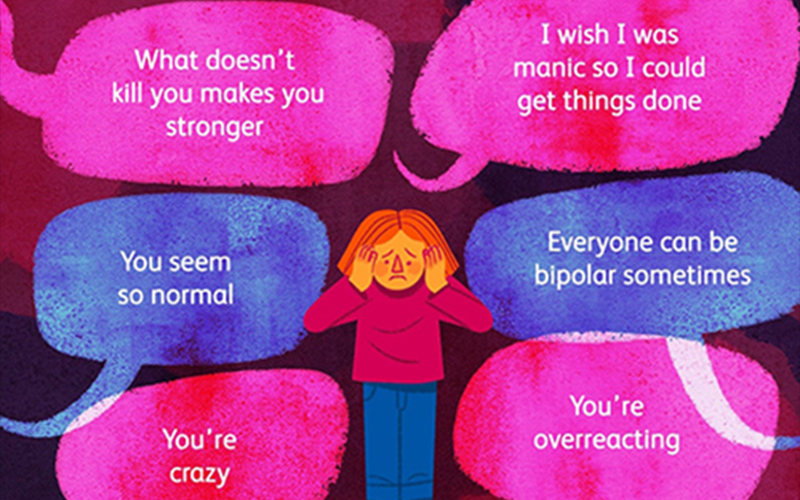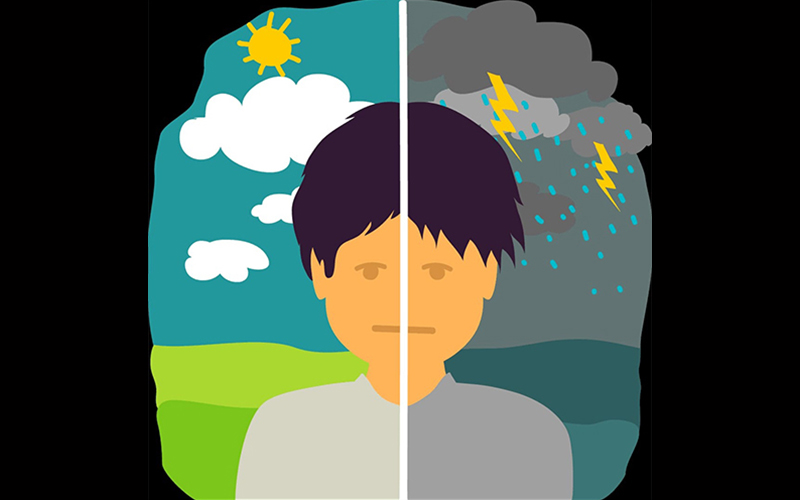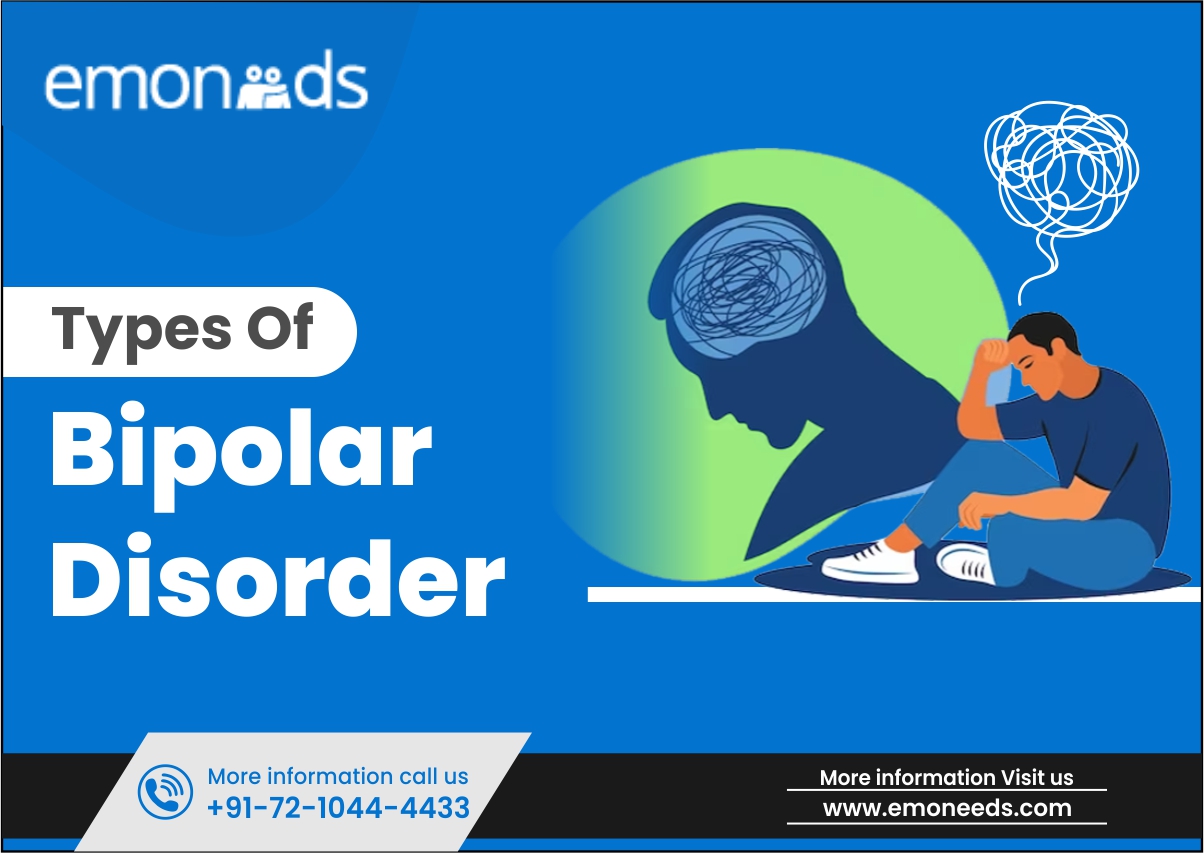
- July 14, 2023
- Saloni Kabra
- 0
Even though depression is one of the most prominent symptoms of bipolar disorder, there is an extremely crucial fact that not everyone is aware of. A particular type or diagnosis of the condition is determined by how we experience its manic symptoms.
Mania dominates the diagnosis and all forms, with depression playing a considerably smaller role. Many persons with hypomania or the “feel-good highs” linked to various types of bipolar disorder typically don’t discuss it with their health care providers. They either don’t see it as a problem that warrants discussion because they are unfamiliar with it or because it frequently leads to a depressed fallout after the first “happy emotions” have passed. There are numerous effects of this. This causes so many people to get misdiagnosed and not receive the treatment that they need to feel better.
So, let’s dive into it– the 8 types of Bipolar Disorder:
- Bipolar Type-I:
Those of us with type I will go well beyond that feel-good hypomania to what is known as mania or full-blown mania. Extreme agitation, lofty ideas, or delusions can all be symptoms of full-blown mania, as might utter psychosis and delusions. Full-blown mania can also be caused by certain drug side effects, specific drug or substance misuse behaviours, and other aspects of an individual’s life.
- Bipolar Type-II:
Type II individuals will go through at least one major depressive episode and at least one hypomanic episode. So many people have hypomania without ever realising it or mentioning it. Your self-esteem, feeling of creativity, and confidence soar, and you feel like a social butterfly or a knight in shining armour, when you are so full of energy that you almost feel high. Most people won’t remember that crazy joyful month when they felt on top of the world around six months ago, but we would recall being hospitalised or arrested, of course. The episodes of terrible, crippling depression associated with this type sadly tend to persist a very long time (months or years). When these people finally get to a hypomanic state again, one may think that the depression went away or that they’ve been “cured” only for the nasty cycle to just start all over again.
- Cyclothymia (or Cyclothymic Disorder)
Although it is a milder version of bipolar disease, it is frequently referred to as bipolar’s little cousin. However, moderate does not imply simple or easy. Cyclothymia is characterised by persistent depressive symptoms, yet they are typically not incapacitating. It has manic episodes, but they aren’t quite as severe as hypomania or full-blown mania. In order to meet the diagnostic criteria for cyclothymia, a person must typically cycle often for at least two years.
- Bipolar Disorder NOS (Not Otherwise Specified)
Those who receive this diagnosis, also known as Other Specified Bipolar, are aware that a significant mood disorder is still lacking a definitive diagnosis. While our symptoms are being watched, this can be used as a sort of stop gap. If you are diagnosed with bipolar NOS, the uncertainty may be frustrating, which makes it even more important to keep up with appointments or speak with a professional so they can make a correct diagnosis and then proceed to the best course of action.
The next four types are known as course specifiers which aren’t specifically types per se, but they’re very commonly attached or added to a bipolar diagnosis.
- Rapid Cycling Bipolar Disorder
In essence, it refers to persons who experience all of the symptoms of bipolar disorder more quickly or frequently. This may involve alternating between manic, depressive, agitated, or mixed states more quickly than typical bipolar people do. In order to be diagnosed with this course specifier, a patient must experience four or more distinct mood episodes in a single year. Some people cycle considerably more frequently than simply a few times a year, which is similar to rapid relapsing, in which one episode is followed by another very immediately.
- Bipolar With Psychotic Features
It simply represents a loss of reality that might land you in the hospital or even jail. It can happen during both a manic and a depressed phase. Delusions like believing things that aren’t true, acute paranoia like thinking we’re being watched, thinking we’re a famous person or religious leader, or thinking we’re on a particular mission to save the world– are a few examples of this. Severe symptoms like hallucinations may follow such as hearing absent voices. Depression symptoms can become so severe that we literally become catatonic, unable to move or speak.
- Bipolar Disorder With Mixed Features
In essence, it’s used to define those of us who have enough mixed episodes to qualify as a course specifier for our diagnosis. At this point, we may experience acute depression and manic behaviour simultaneously. Mixed states can feel awful since they can make a person feel so miserable that they practically can’t even get out of bed while also making them feel hysterical with anxiety or mania. Some people also call this mixed mania, mixed states, or even dysphoric mania, which is when someone is both depressed and incredibly agitated or enraged.
- Bipolar Disorder With Anxious Distress
Many of us who have bipolar will experience things like panic attacks or severe anxiety. If this happens often enough to where it becomes a dominating part of our bipolar experience instead of meeting the full criteria for panic or generalised anxiety disorders.
It is important to remember that there’s always exceptions and we all experience symptoms in different ways. It’s also really important to know that bipolar disorder is a progressive illness which means it can get worse or progress to a different type if it isn’t treated.
You may find it helpful to write down all of the symptoms that you experience, how strong they get on a scale of one to ten, and how often they happen. Take that list to a professional and it could be extremely valuable in preventing a possible misdiagnosis which happens all the time. This is also going to help ensure that you get the care that you deserve so you don’t have to keep feeling like this all the time.
Related Post
- Medications for Bipolar Disorder Types, Side Effects, and Effectiveness
- Psychotherapy for Bipolar Disorder: Types, Benefits, and Finding the Right
Therapist - Understanding Bipolar Disorder Types, Symptoms, and Diagnosis
- Self-Care Strategies for Bipolar Disorder: Tips for Managing Symptoms and
Improving Well-Being – Emoneeds
